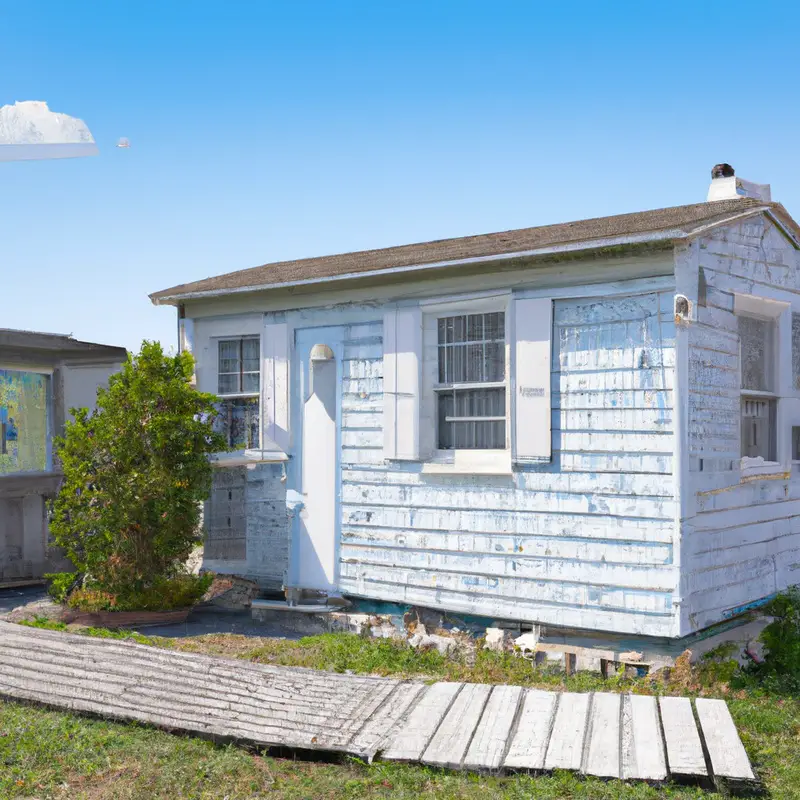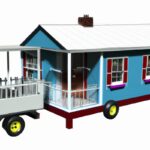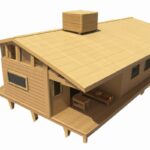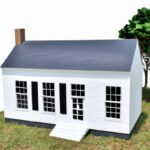Key Takeaways:
- Zoning regulations for Tiny Houses vary greatly across different regions and municipalities.
- Many areas classify Tiny Houses as accessory dwelling units (ADUs) or recreational vehicles (RVs) for zoning purposes.
- Some jurisdictions have minimum size requirements for Tiny Houses, while others have restrictions on where they can be parked or placed.
- Planning ahead and researching local zoning regulations is crucial for anyone considering living in or building a Tiny House.
Have you ever dreamed of living big in a tiny space?
Well, tiny houses have gained significant popularity in recent years, offering a simpler, more sustainable lifestyle.
However, before you start building your dream tiny house, it’s important to understand the zoning regulations that govern where you can place these small dwellings.
As an expert in zoning regulations, I can guide you through the ins and outs of these laws, including the different zoning categories, common restrictions, and potential exceptions.
So, let’s dive in and discover how to make your tiny house dreams a reality!
Understanding Zoning Regulations
Importance of Zoning Regulations
Zoning regulations are crucial for ensuring orderly and sustainable development in communities. They play a key role in maintaining the character and integrity of neighborhoods, protecting property values, and promoting public health and safety.
Zoning regulations help prevent incompatible land uses, such as industrial activities in residential areas, which can disrupt the quality of life for residents.
They also provide guidelines for building heights, setbacks, and lot sizes, ensuring that new construction fits within the established context. By establishing clear rules and standards, zoning regulations help create a sense of predictability and consistency in land use decisions.
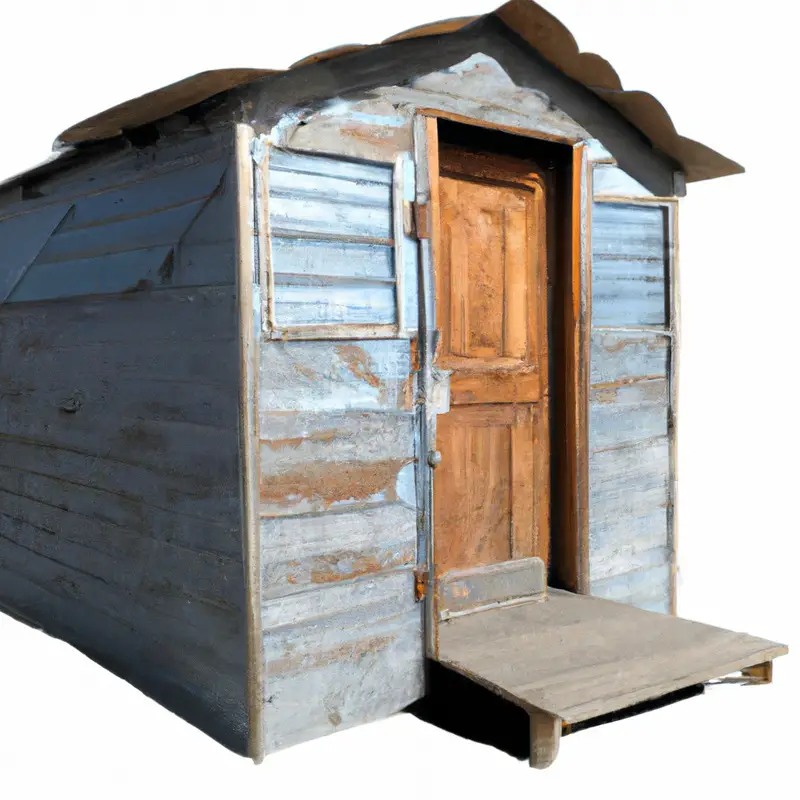
Overview of Zoning Laws
Zoning laws are regulations that govern how land can be used in a specific area.
They determine what type of buildings can be constructed and how they can be used.
These laws are put in place to ensure orderly development and protect the health, safety, and welfare of the community.
Zoning laws can vary widely from one jurisdiction to another and can dictate factors such as building height, setbacks, lot size, and allowed land uses.
It is important for individuals to research and understand the zoning laws in their area before embarking on any construction or land use projects to avoid potential legal issues.
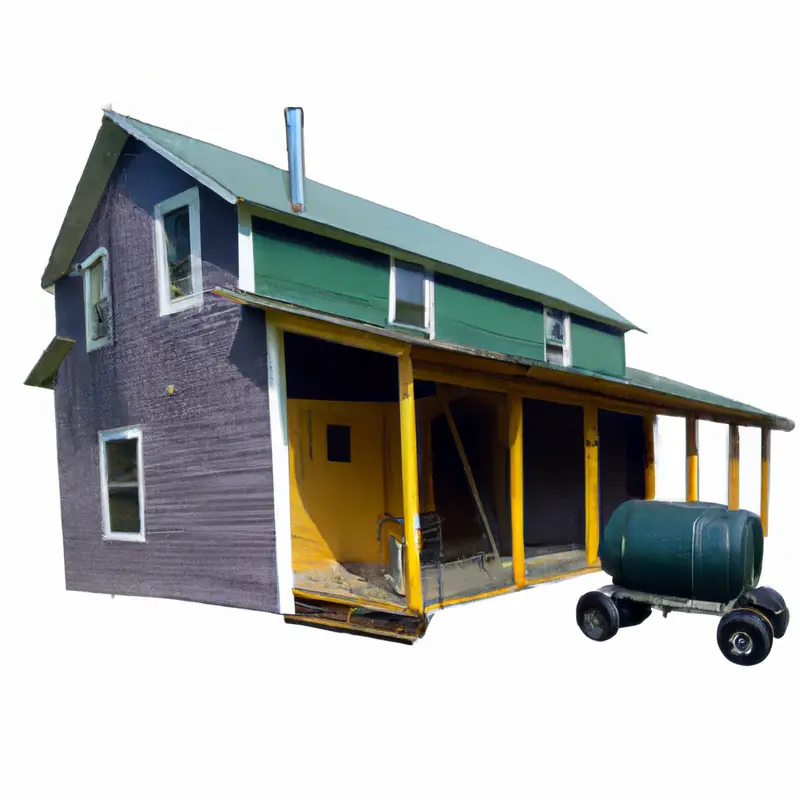
Factors Influencing Zoning Regulations for Tiny Houses
Location and Zoning Districts
Location plays a significant role in determining the zoning regulations for tiny houses.
Different areas have different zoning districts that outline the specific rules and regulations for land use and construction.
Zoning districts can be categorized as residential, mixed-use, or agricultural, each with its own set of guidelines.
These regulations determine whether you can legally place a tiny house on a specific piece of land, so it’s vital to research and understand the zoning district of your desired location before proceeding.
By being aware of the zoning regulations, you can ensure that you are in compliance and avoid potential issues down the road.
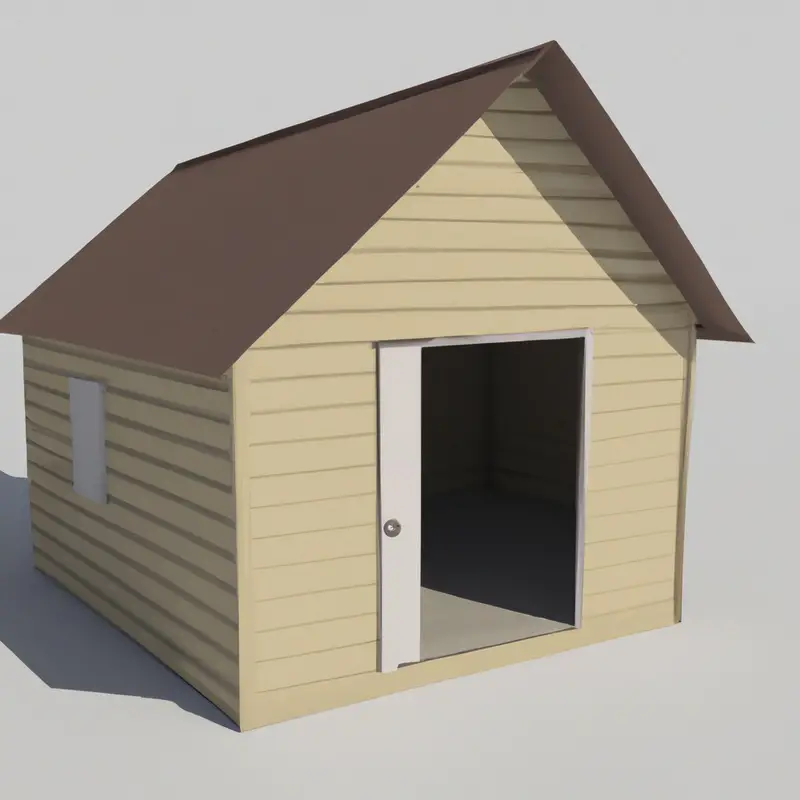
Building Codes and Safety Requirements
Building codes and safety requirements play a crucial role in regulating tiny houses.
These codes ensure that the constructions are safe, structurally sound, and meet specific standards.
They cover various aspects such as electrical and plumbing systems, fire safety, insulation, and ventilation.
Some common requirements may include minimum ceiling height, proper egress windows, smoke detectors, and adherence to specific materials and methods.
It is essential to research and understand the local building codes and safety requirements to ensure compliance when building or living in a tiny house.
Zoning Categories for Tiny Houses
Residential Zoning
Residential zoning determines how land can be used for housing purposes.
It typically designates areas where single-family homes, apartments, or townhouses are allowed.
These zones may have specific requirements for lot size, building height, and setbacks from property lines.
It’s important to research your local residential zoning regulations before building or placing a tiny house.
Some areas may have restrictions on the minimum square footage or classify tiny houses as accessory dwelling units.
Contact your local zoning department for guidance on your specific location.
Mixed-Use Zoning
Mixed-use zoning refers to a zoning category that allows for a combination of residential, commercial, and sometimes industrial land uses within a single area. It is designed to promote a mix of activities, creating vibrant and walkable neighborhoods.
This type of zoning can be beneficial for tiny house owners as it provides opportunities for them to live and work in close proximity, facilitating a more sustainable and convenient lifestyle.
However, it is important to check local zoning laws and regulations to ensure that tiny houses are allowed in mixed-use zones and comply with any specific requirements.
Agricultural Zoning
Agricultural zoning refers to a specific type of zoning designation given to land primarily used for agricultural purposes. This type of zoning is typically intended to protect and promote farming activities and agricultural landscapes.
It may include regulations on land use, minimum lot sizes, and setbacks to ensure the preservation of farmland.
Agricultural zoning can restrict or limit the use of tiny houses on agricultural land, depending on local regulations. It’s important to research and understand the specific zoning regulations in your area before considering placing a tiny house on agricultural land.
Common Zoning Restrictions for Tiny Houses
Minimum Square Footage Requirements
Minimum Square Footage Requirements for tiny houses vary depending on local zoning regulations. In some areas, there may be a minimum square footage requirement that a tiny house must meet in order to be considered a legal dwelling.
These requirements often range from around 100 to 400 square feet.
It’s important to research and understand the specific regulations in your area to ensure compliance with the minimum square footage requirements.
Setback and Yard Requirements
Setback and yard requirements are important considerations for tiny house owners.
These regulations dictate how far a tiny house must be set back from property lines and neighboring structures.
They also specify minimum yard areas that must be maintained.
These requirements ensure safety, maintain privacy, and preserve the aesthetic appeal of neighborhoods.
It’s crucial to research local zoning laws to understand the specific setback and yard requirements for your area.
Failure to comply with these regulations may result in fines or other legal consequences.
Mobile vs. Permanent Tiny Houses
Mobile tiny houses are built on trailers or wheels, allowing for easy transportation and flexibility in location.
They are designed to be portable and are not permanently affixed to a foundation.
Permanent tiny houses, on the other hand, are built on a foundation and are not intended to be moved frequently.
They follow the same zoning regulations as traditional homes and are subject to building codes and safety requirements.
The distinction between mobile and permanent tiny houses is important because zoning regulations may vary depending on whether the house is considered mobile or permanent.
This can impact where you can park or place your tiny house.
It’s essential to understand these differences when considering your options.
Exceptions and Variations in Zoning Regulations
Special Zoning Overlays and Districts
Special zoning overlays and districts are specific zoning designations created to address unique circumstances or goals within a community. These overlays and districts can be added to existing zoning regulations and may include provisions for tiny houses.
Examples of special zoning overlays and districts include Historic Preservation Districts, Conservation Districts, and Affordable Housing Districts.
These designations may have their own regulations and criteria for tiny houses, so it’s important to research and understand them before proceeding with your tiny house project.
ADU (Accessory Dwelling Unit) Regulations
ADU (Accessory Dwelling Unit) Regulations refer to the guidelines and restrictions imposed on building and utilizing accessory dwelling units on residential properties.
These regulations typically address issues such as size limitations, parking requirements, and occupancy restrictions.
Local zoning laws and building codes play a significant role in determining the specific regulations for ADUs. It is important to research and understand these regulations before planning to build or reside in an accessory dwelling unit to ensure compliance with the law and avoid legal complications.
Navigating Zoning Regulations for Tiny Houses
Researching Local Zoning Laws
When it comes to researching local zoning laws for tiny houses, it’s important to start with the local government’s website or planning department.
They usually have zoning maps, ordinances, and regulations available online.
Additionally, you can reach out to local officials or attend planning commission meetings to gain more insight into the specific requirements for tiny houses in your area.
It’s also helpful to connect with local tiny house communities or organizations for guidance and support.
Being familiar with the current zoning laws will help you navigate the process and ensure compliance with regulations.
Applying for Zoning Variances or Exceptions
Applying for zoning variances or exceptions can be a helpful option when dealing with zoning regulations for tiny houses.
To apply for a variance, you’ll need to demonstrate a unique circumstance or hardship that justifies the deviation from the regulations.
This usually involves submitting an application and meeting with the zoning board.
Exceptions, on the other hand, are typically granted for specific uses or situations outlined in the zoning laws.
Consulting with professionals and engaging with local officials can provide guidance and increase the likelihood of success in obtaining a variance or exception.
Engaging with Community and Local Officials
Engaging with the community and local officials is key when navigating zoning regulations for tiny houses.
It’s important to attend neighborhood meetings, voice your concerns, and gather support from fellow residents.
Building positive relationships with local officials can also be beneficial.
Communicate your intentions and goals for a tiny house, and explore the possibility of amending zoning regulations to accommodate this housing option.
Collaboration and open dialogue can lead to more favorable outcomes for tiny house enthusiasts.
Future Trends and Changes in Zoning Regulations
Emerging Support for Tiny Houses
Emerging support for tiny houses is becoming more prevalent as people recognize their benefits. Many cities and communities are beginning to embrace these small homes as a solution to affordable housing and environmental sustainability.
Some areas are modifying their zoning regulations to accommodate tiny houses, allowing them in certain zoning districts or creating special zoning overlays.
Additionally, there are advocacy groups and legislative efforts pushing for more widespread acceptance of tiny houses. As the popularity of tiny houses continues to grow, so does the support for them in various communities.
Advocacy Efforts and Legislative Developments
Advocacy efforts and legislative developments play a significant role in shaping the zoning regulations for tiny houses.
Various organizations and individuals are actively advocating for more flexible and inclusive zoning laws to accommodate tiny houses.
They work to raise awareness, engage with lawmakers, and push for changes.
These efforts have resulted in some positive developments, with certain areas adopting more lenient regulations for tiny houses.
However, the progress is still ongoing, and it is crucial for advocates to continue their work to bring about further changes in zoning regulations.
Final Verdict
Understanding zoning regulations for tiny houses is crucial for anyone interested in embracing the minimalist lifestyle.
These regulations, influenced by factors such as location, building codes, and safety requirements, dictate where and how tiny houses can be built.
Despite common restrictions like minimum square footage and setback requirements, exceptions and variations exist, such as special zoning overlays and ADU regulations.
Navigating these regulations requires thorough research, application for variances when needed, and engaging with local officials and the community.
As interest in tiny houses grows, future trends suggest emerging support and advocacy efforts, leading to potential changes in zoning regulations.
With knowledge and perseverance, individuals can find creative ways to live affordably and sustainably in their dream tiny home.
